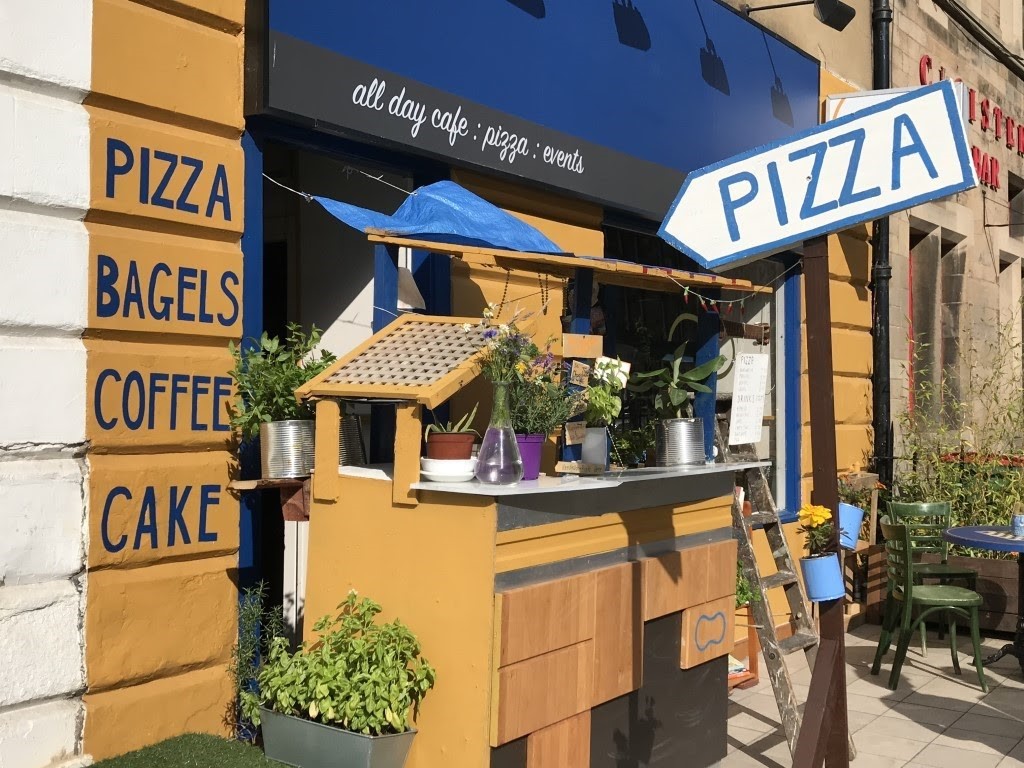
In this Spotlight on Remote Teaching post, Partnerships and Professional Learning Coordinator /Knowledge Exchange and Impact Officer at Moray House School of Education and Sport Tanya Lubicz-Nawrocka and John Owen, a Lecturer in Technology-Enhanced Learning and a Teaching Fellow at the University of Manchester describe how co-creation has great potential as a forward-thinking approach that can be embedded in hybrid and online teaching in the current era…
The effects of the novel coronavirus have resulted in a destabilising period in higher education where both teachers and learners have been adapting quickly to expanding online spaces. The current period has of course brought many challenges, but the development of new online spaces, events, conferences, and communities have also facilitated many opportunities for collaboration. Indeed, we (John and Tanya) met in June at the St Mary’s Festival of Learning and Teaching and, if this conference had not been held online due to the circumstances, we probably would not have been able to attend or meet this year. The online conference space helped us meet other like-minded staff and students to discuss co-creation of learning and teaching, a topic that Tanya previously introduced here on the Teaching Matters blog. Inspired by reflecting on the synergies that had emerged between our work in curriculum co-creation, we wanted to continue our discussions through writing this blog post since we share the view that co-creation has great potential as a forward-thinking approach that we can embed in hybrid and online teaching in the current era.
We have felt, like others, that the past few months have spurred more discussions about our values and aims in higher education, focusing on homing in on our learning and teaching aims and how we can adapt our work in new and creative ways to achieve them online. Cook-Sather, Bovill, and Felten (2014) and many others have shown that values including respect, reciprocity, and shared responsibility between students and staff inform the collaborative relationships developed during co-creation of learning and teaching. We have also found that discussing openly our values and motivations with students leads to more positive, inclusive learning environments that develop everyone’s motivation to engage and support each other through challenging learning experiences.
We have seen through our own co-creation and partnership experiences that these approaches foster creativity through both the process of engaging collaboratively with diverse students and developing creative resources that can benefit the wider community. For example, Tanya’s research found that curriculum co-creation can facilitate creativity and had important implications for promoting inclusion of diverse perspectives, empathy in students and staff who develop reciprocal relationships and learn from each other, and resilience as they navigate new ways of working and overcome challenges and risks together. Similarly, Rosie Steinhouse has written in her Teaching Matters blog post Being creative with student assessment that developing creative assets can foster students’ cognitive and emotional engagement with assessment, which can help students overcome the challenges and risks associated with working in more creative ways.
Furthermore, in John’s work, the co-creation of an open-access course about antimicrobial resistance (AMR) aimed at the general public resulted in an accessible online course which has gained increasing popularity across the world. This extra-curricular project gave students the opportunity to develop an authentic science communication resource in partnership with staff, health professionals, patients and a charity, which they continue to actively engage with through promotion and further improvement of the course. The AMR project also resulted in two students blogging about their experience and one going even further by setting up their own blog series to discuss the varied career pathways for biological science students.
Online spaces that give us access to freely available open education courses, blogs, and resources present great opportunities for curriculum co-creation as students and staff apply their knowledge and skills in creative ways. During the coronavirus period, creativity has been a key aspect of the success of both businesses (like the café pictured above) and universities alike as they take risks to innovate, apply new ideas, and adapt to the circumstances. We have found that what has worked best isn’t translating what would have happened in-person to an online space in a carbon copy but, instead, returning to our values and collaborating with others – including students – has helped us to see with fresh eyes how we can adapt our work while engaging students in inclusive and accessible ways online to meet our core aims.
For example, John has found that an agile partnership approach adapted well in the early days of lockdown, demonstrating flexibility in accommodating the team’s other time commitments and their remote, global locations. Curriculum co-creation creates spaces for these discussions. For instance, in her piece Planning for September means listening to the experts, Jackie Labbe has argued that working together with students helps us to improve our work to benefit both learners and teachers, and that ‘Planning for the coming year has therefore turned into something that is much more reciprocal than we often allow ourselves to be.’
We also see great potential for curriculum co-creation in the coming academic year; whether it is in fully online, hybrid, or socially distanced in-person spaces we feel that we can all benefit from invigorating our teaching and learning by returning to our values and collaborating in the new spaces we create for ourselves.


 John Owen
John Owen